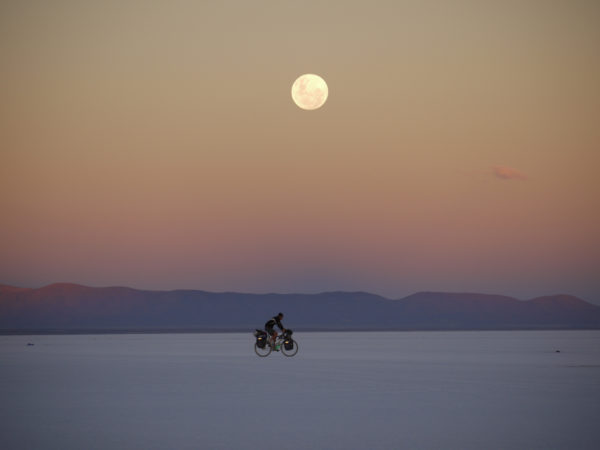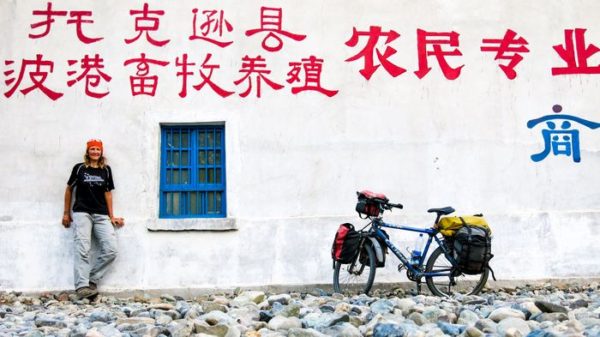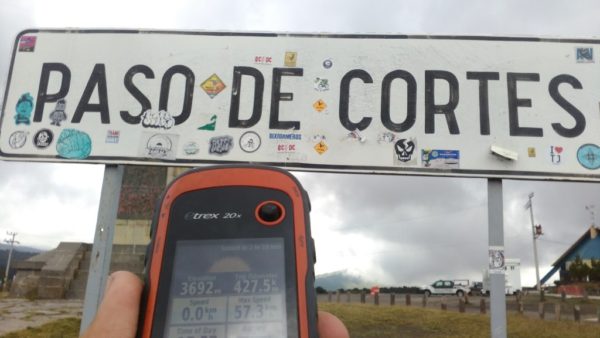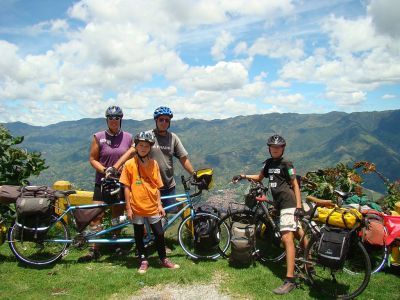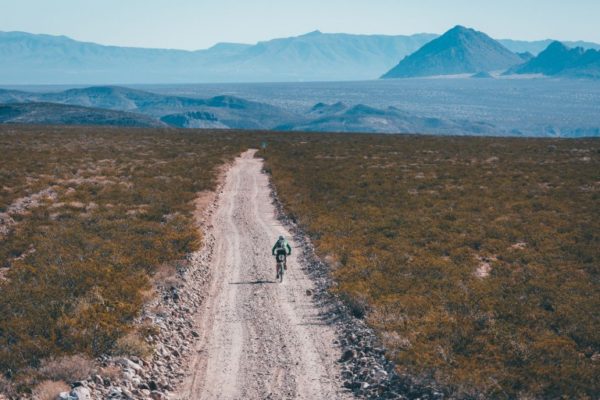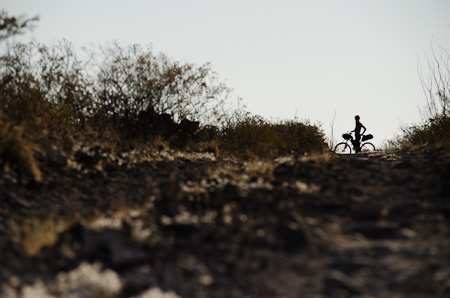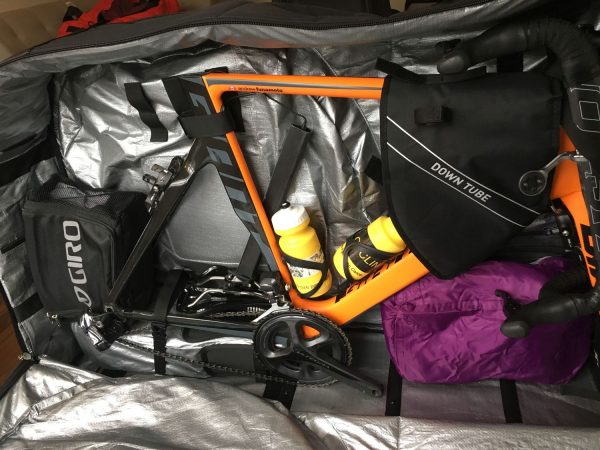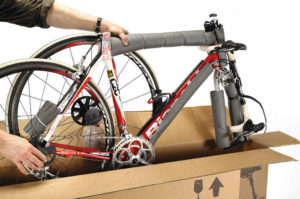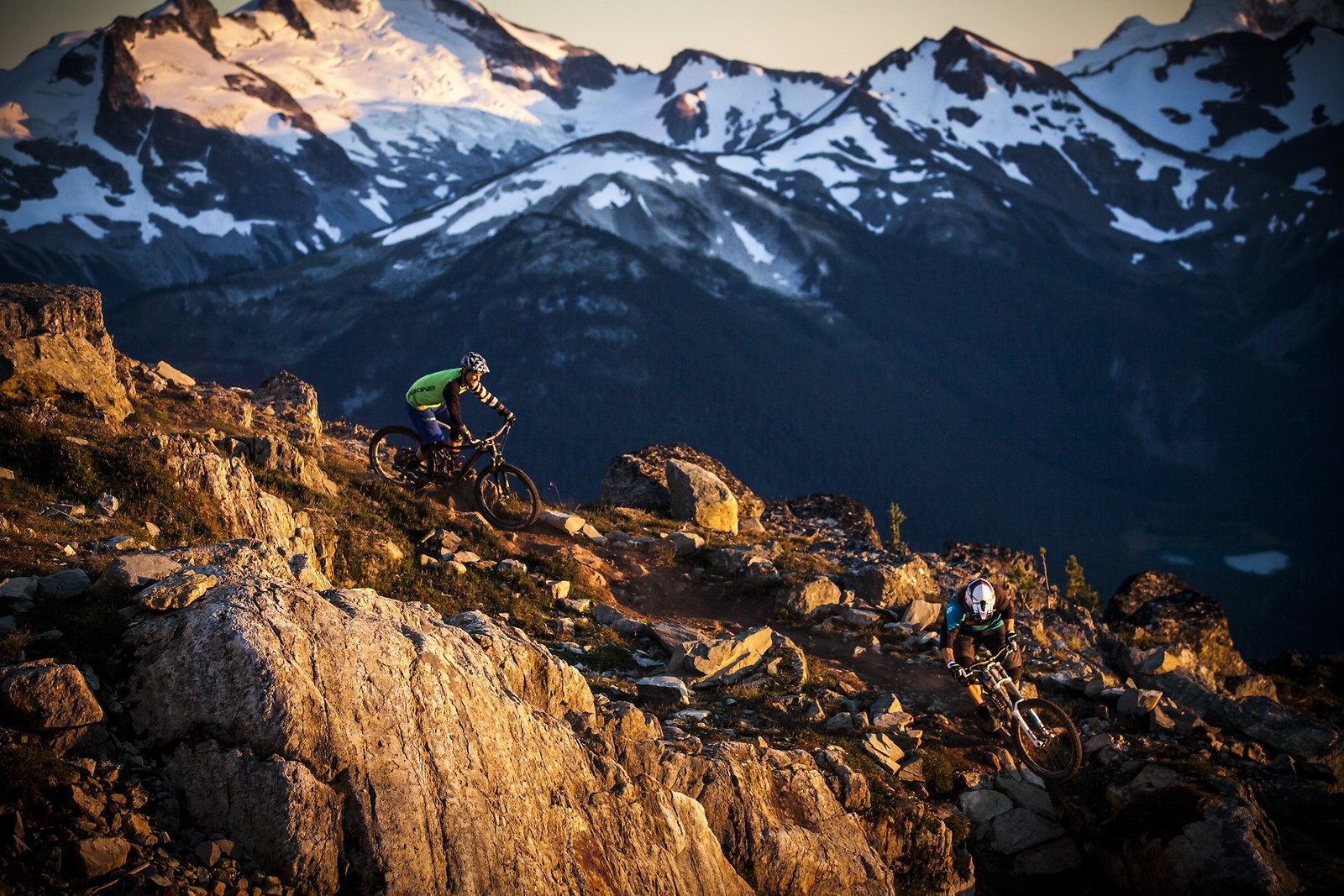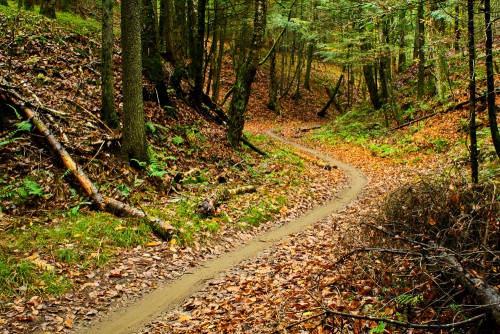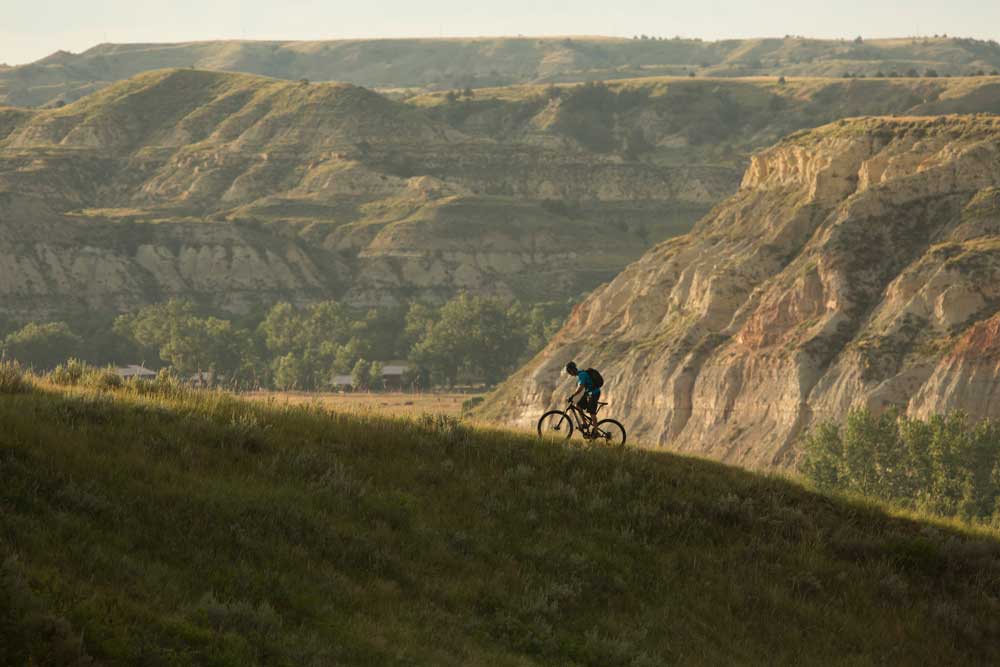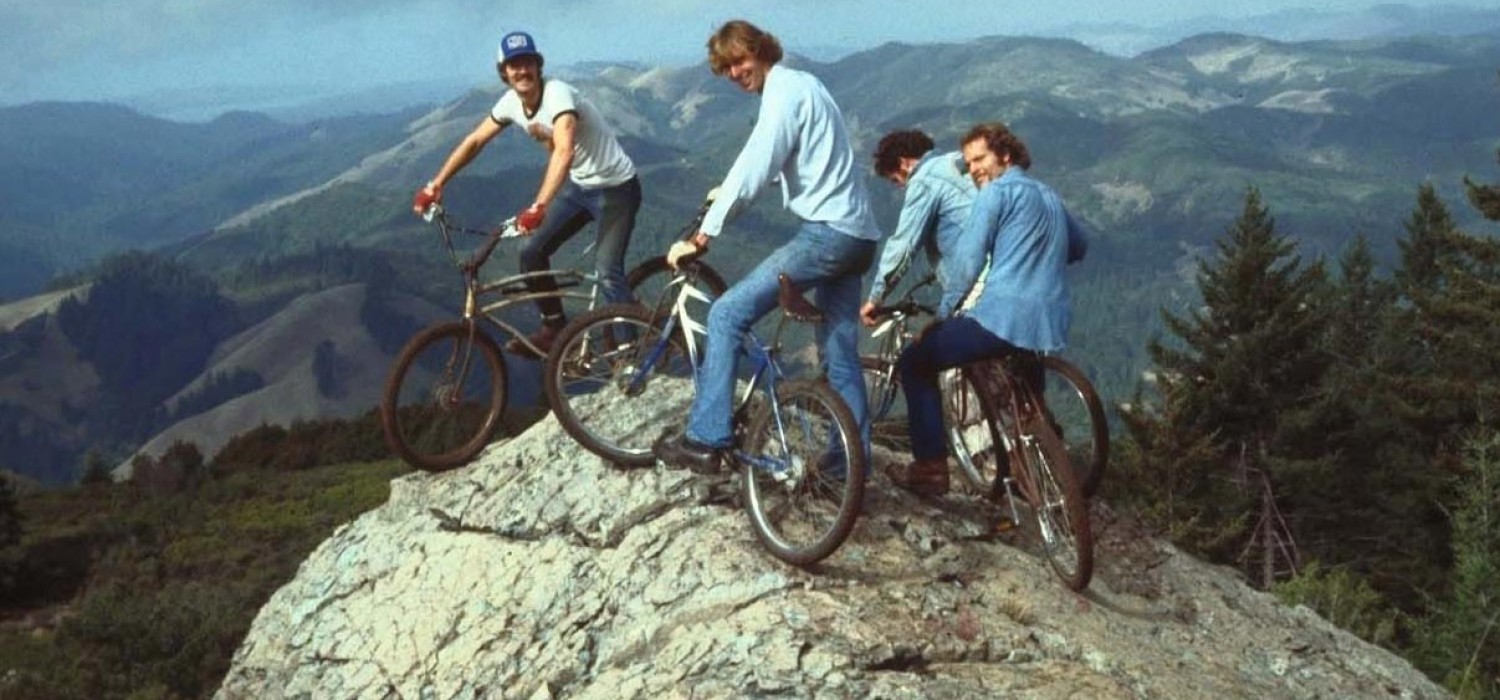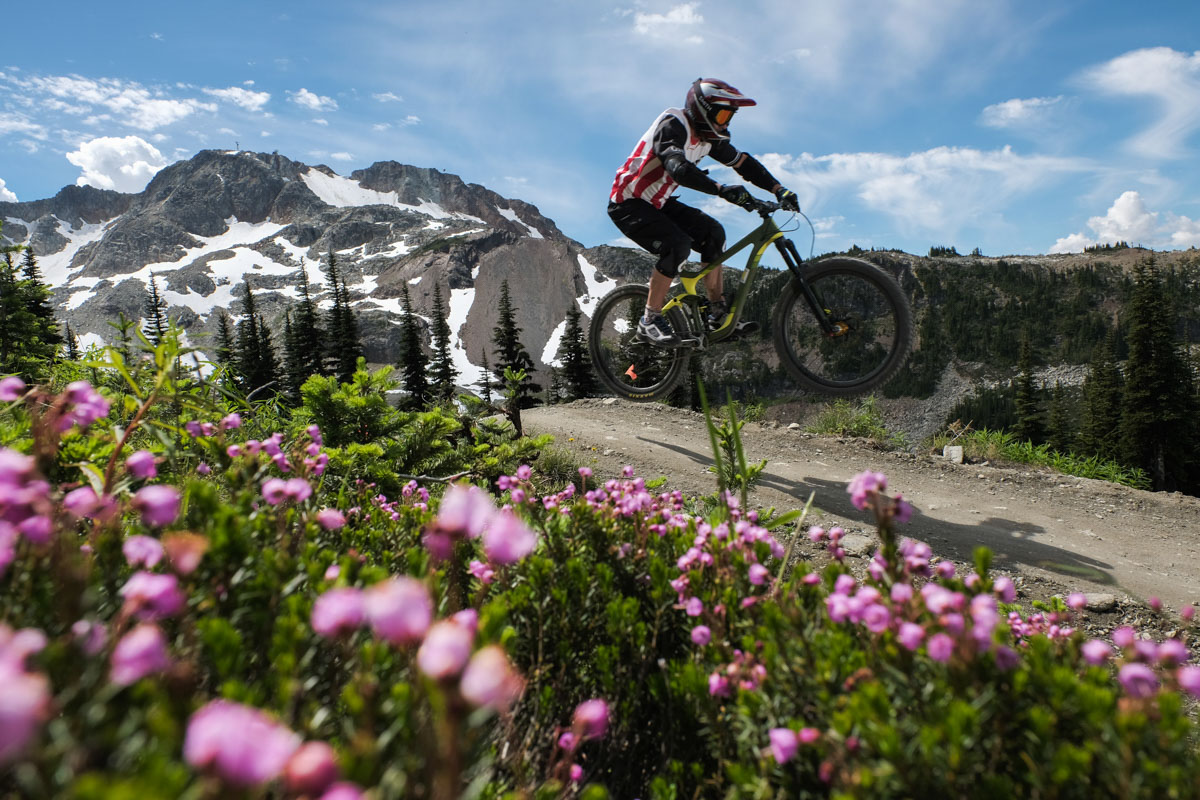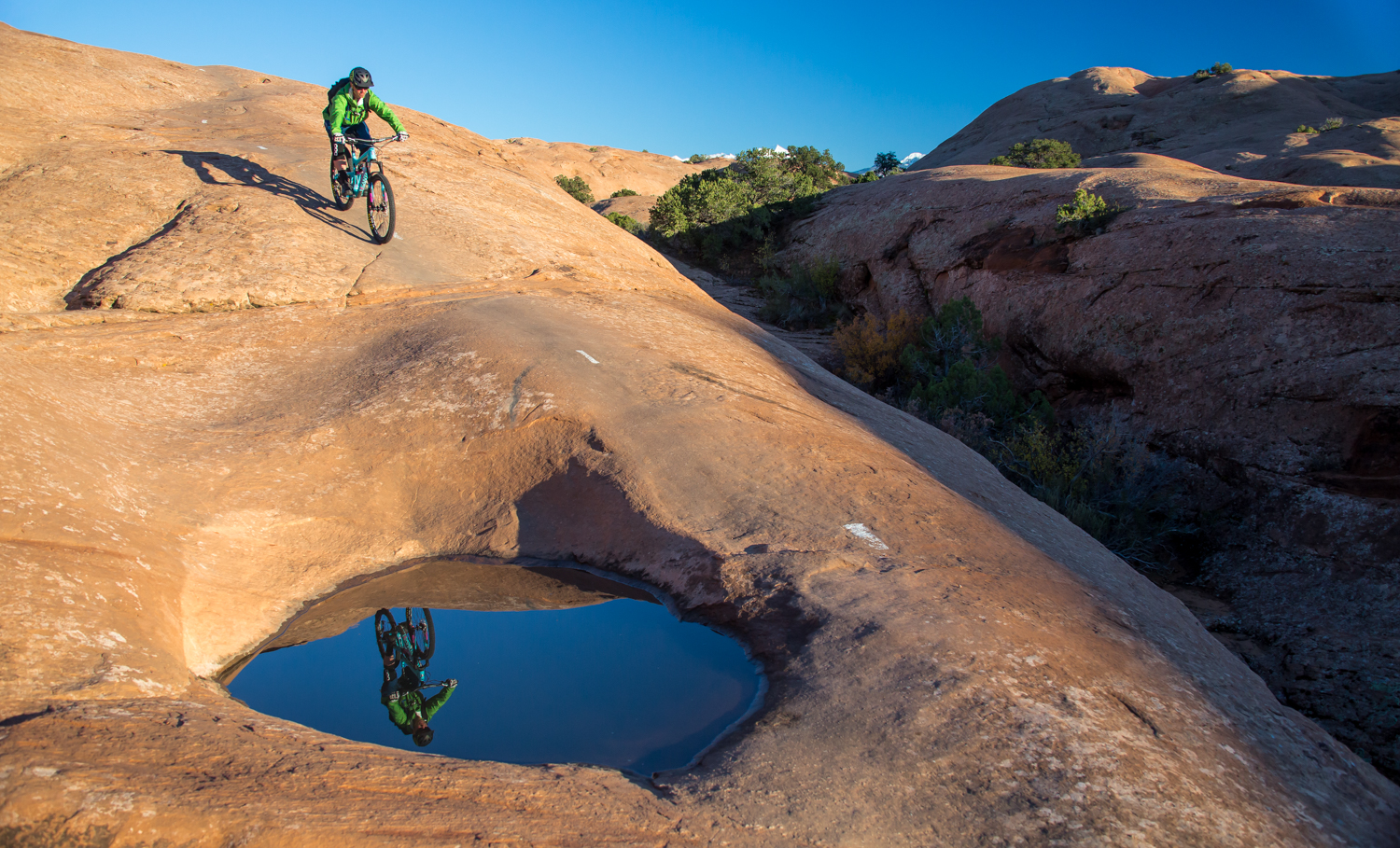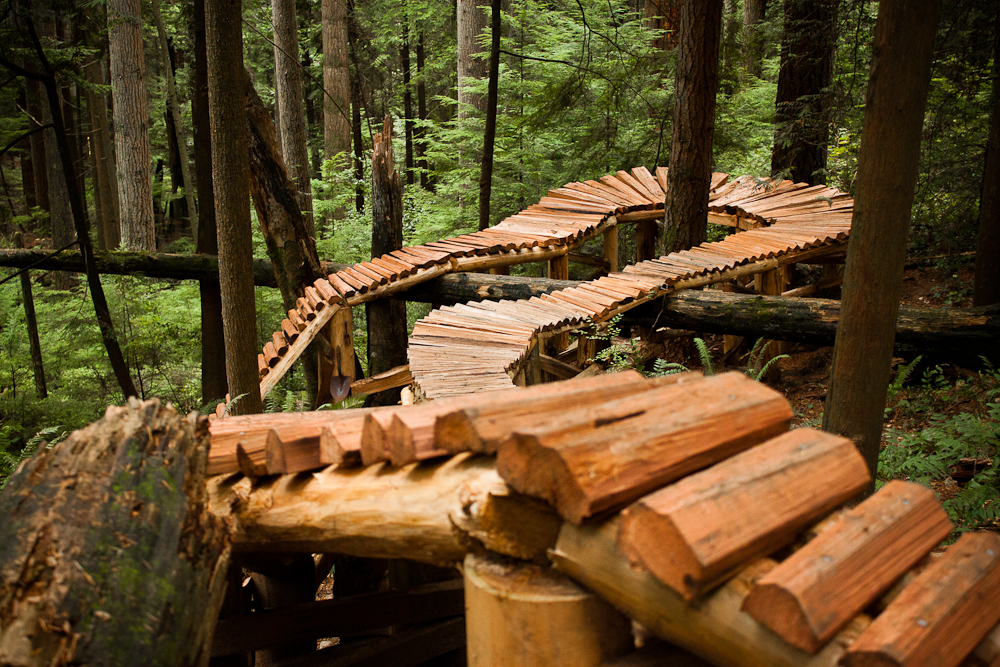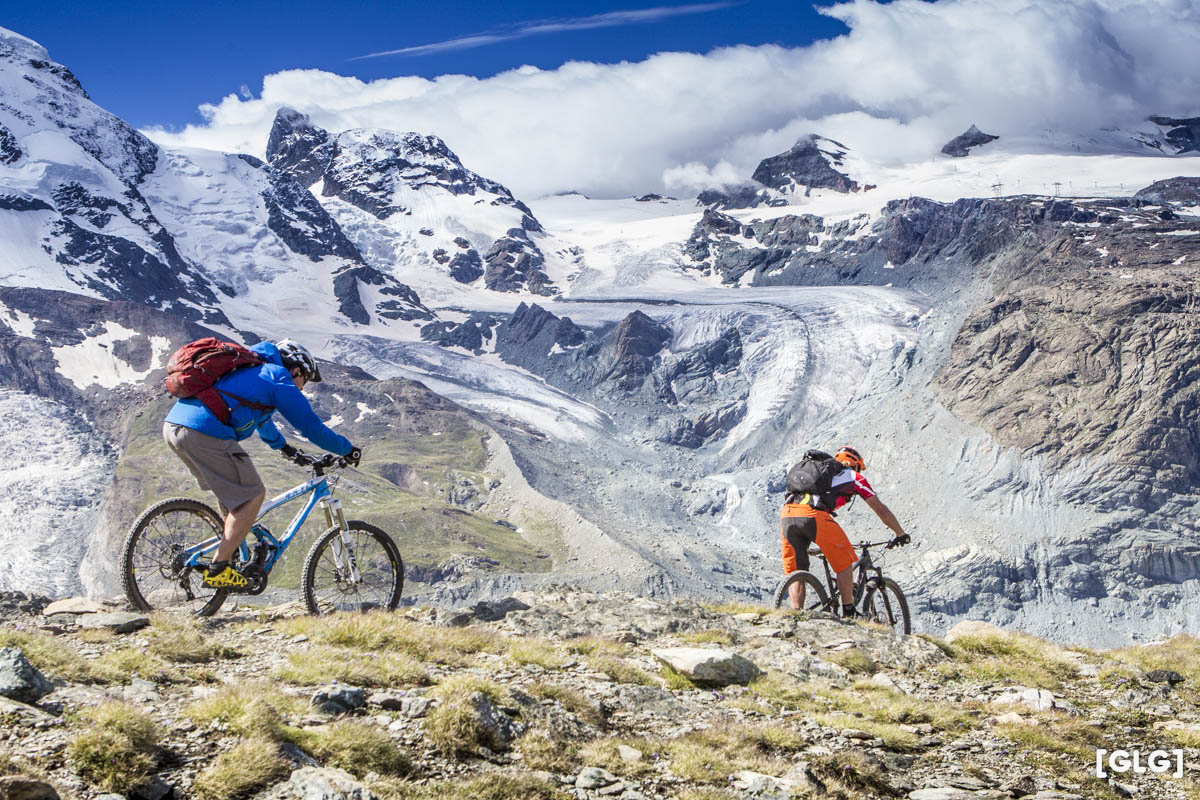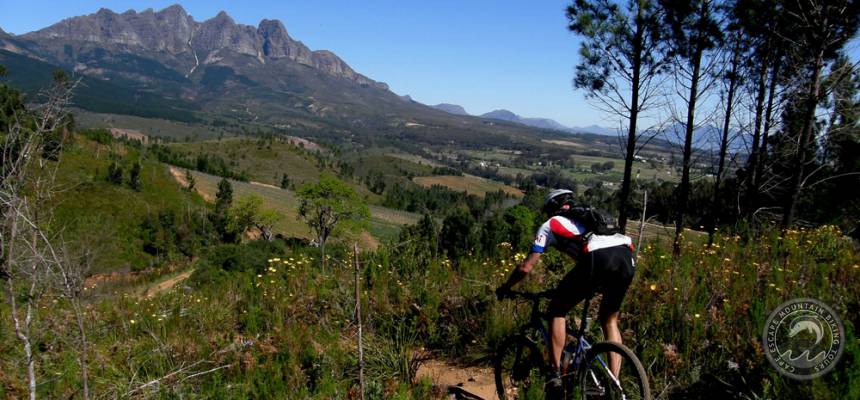Deciding what kind of bike to invest in can be a tricky decision. Many get caught up in the bells and whistles of each year’s road and mountain models, as they are often the ones most prominently on display. But if adventure is your style, commute your objective, practicality your goal, and/or exploration your passion – you may want to consider getting a touring bike, instead.
(Credit: Adobe Stock)
What Is a Touring Bike?
Touring bikes are a specialized type of bicycle designed for long-distance travel and carrying heavy loads, making them ideal for extended journeys and bike touring adventures. These bikes are known for their durability, comfort, and load-carrying capacity. Several components set them apart when it comes to design and material when compared to other bike styles.
Design
Touring bikes have a unique design that has been engineered for comfort, durability, and function. Multiple mounting points allow riders to attach accessories like racks, mudguards, and panniers to make sure their rig is equipped for anything a trip might throw at them. That could be hauling home groceries from the store or bringing your gear along for a multi-day trip.
Wider tires help to accommodate varying terrain types, from paved to gravel and anything in between. This feature is commonly complimented by a bulkier braking system that can easily control the extra weight on the bike and its momentum, which can be harder for a lighter setup to slow down.
All of this is accentuated by a more upright and comfortable riding posture that reduces fatigue on the lower back and neck. Spending hours on a bicycle can be uncomfortable to say the least, but touring bikes generally keep the journey in mind, and sacrifice things like frame weight and wind resistance to prioritize comfort.
Design Highlights
- Wide tires
- Multiple mounting points
- Powerful brakes
- Durable Frame
- Upright riding position
Material
The material with which touring bikes are constructed is typically a metal such as steel or aluminum alloy. This provides the benefit of being both durable and easily repairable. Especially when traveling long distances, you have to be prepared for hiccups and breakdowns with your equipment. The touring bike keeps this in mind, and is designed to take a beating.
A skilled welding or machine shop can often help repair your frame in the event that it starts to wear. We all know that cycling can result in falls and accidents, too, and less durable frames can be easily contorted by such events. Appreciation for the touring bike’s easily workable and widely available materials becomes noticeable when times get tough and resources are limited.
It should also be known that higher-end touring bikes are also available. These models are often constructed out of titanium, which is an exceptionally strong, lightweight, and rust-resistant metal. They’re a top choice for quality and longevity, but you will pay a higher price up front, with less repair options available down the road.
Material Highlights
- Typically steel or aluminum alloy for weather/rust resistance and durability
- Widely available and universal materials
- Economical, low-cost
- Easily repairable
- Premium titanium options are also available on the market
(Credit: Adobe Stock)
Top 5 Benefits of the Touring Bike
Now that we’ve given you a more global view of touring bikes in general, let’s nail down the top five benefits of having one of these rigs in your inventory.
1. Versatility
The ability of these bikes to ride on different types of terrain means your options are endless when it comes to travel. Whether you’re staying on main roads or taking detours through mountain trails, these bikes are up for the task. It’s ready to take you where your competition road bike can’t, at speeds that your mountain bike wouldn’t be able to compete with.
2. Comfortable Riding Position
Prolonged riding on the bike can wreak havoc on your hip flexors, neck, lower back, and knees. The touring bike has a less aggressive geometry, however, which allows for a more upright and comfortable riding posture. It’s designed with not hours, but days of riding in mind – giving up some speed to help prioritize comfort and minimize fatigue on your body.
3. Load-Carrying Capabilities
Carrying your gear has never been easier. With multiple mounting points for your rack, pannier, mudguards and more, there’s a place for everything from your tent and repair equipment to your food and clothing essentials. The longer wheelbase typically found on touring bikes helps evenly distribute the load while at the same time leaving enough room for an efficient pedal stroke.
4. Durable & Easily Fixable Materials
Commonly constructed of steel or aluminum alloy, touring bikes have strong, durable frames that can withstand the test of time. Designed to endure thousands of miles through varying terrain and inclement weather, you’re sure to be in good hands while out there on the road. Best of all, they’re easily fixable, and your local welder can likely help fix any major damage that occurs.
5. See the World on Two Wheels
(Credit: Adobe Stock)
By far the biggest benefits of these bikes is what it allows you to do; see the world at ground level, powered by your own body, outside in the air immersed in every single second of it. A touring bike is a cheap ticket to the rest of the world – it just might take you a bit longer to get there!
Prepare Your Body for Adventure
Looking to increase your strength, flexibility, and injury resistance as a cyclist? Join a community of thousands of bikers worldwide and train for pain-free riding with us at Dynamic Cyclist. We have a huge library of professionally designed, follow-along routines to get you started. Try us 7-days FREE by clicking here!
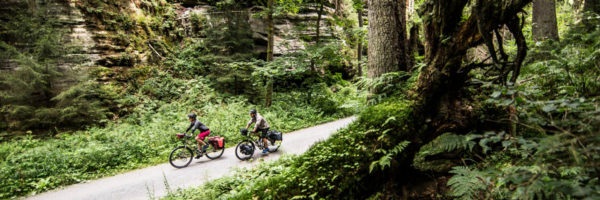
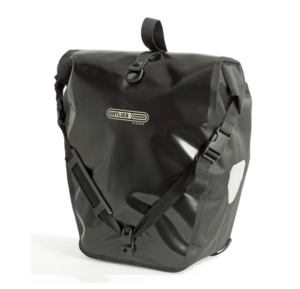
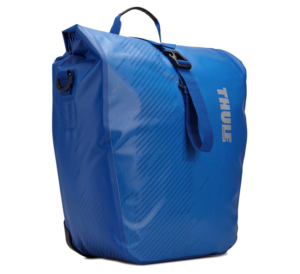
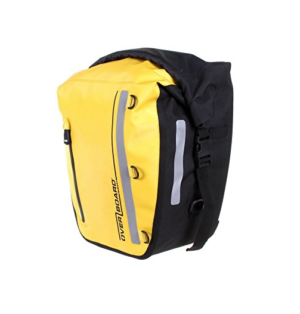
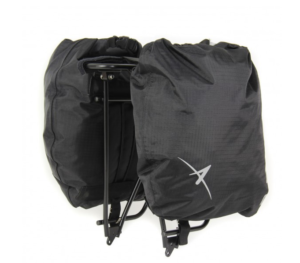
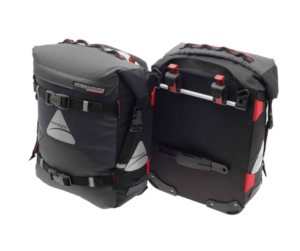
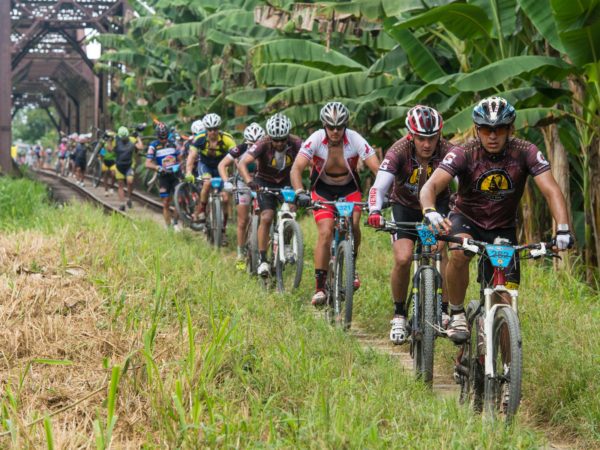
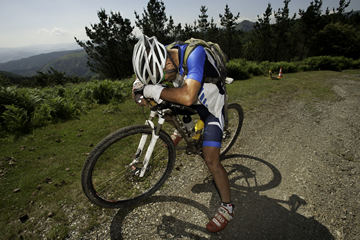
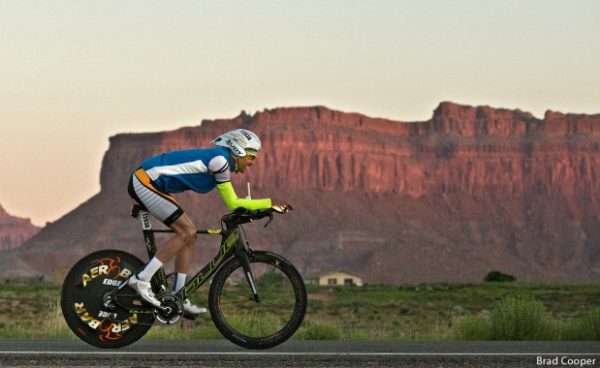

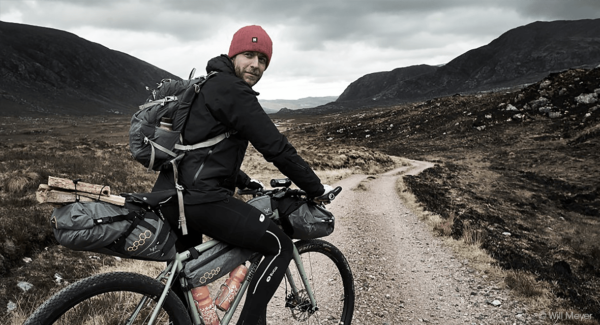

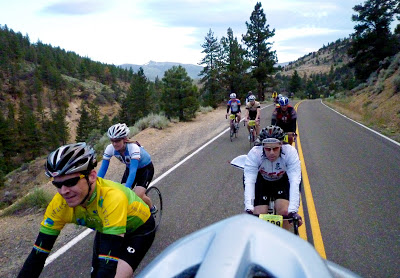
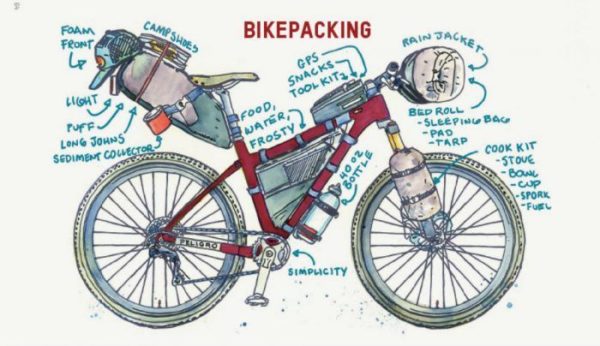


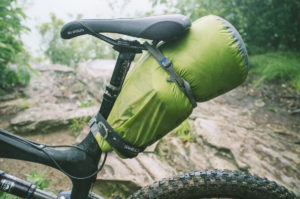 What you’ll need:
What you’ll need: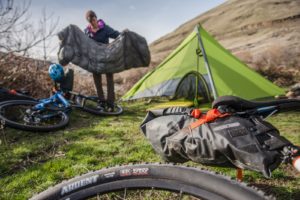
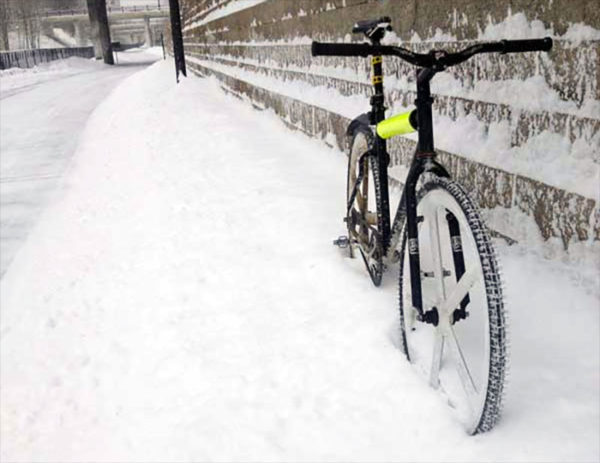
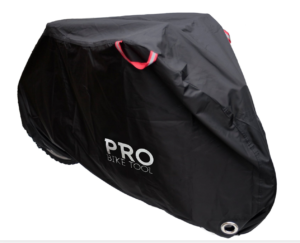

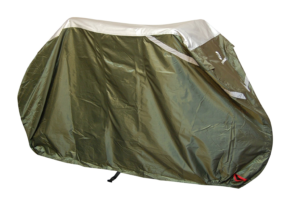
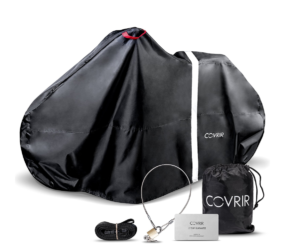
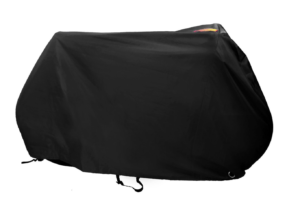
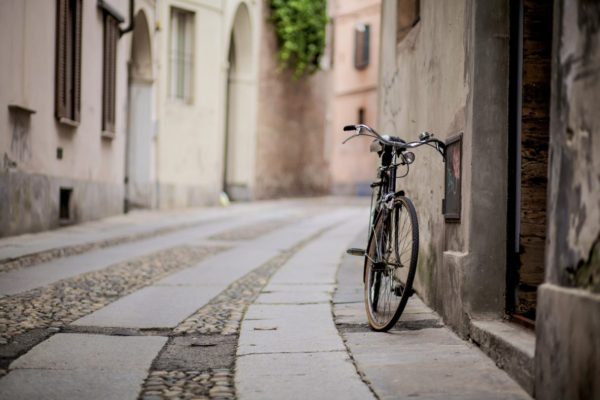
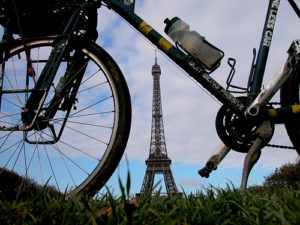
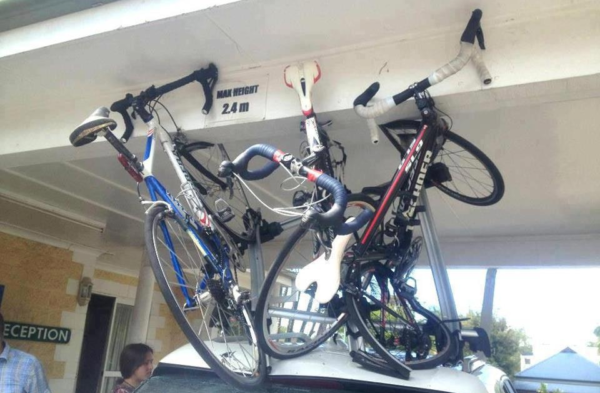
 outdoorsy person, but the it is a great option when it comes to transporting your bike. You can either keep your front wheel on, or some require you remove the front wheel and include a fork grabber that can be locked for extra security. Although roof racks generally keep your bike a lot cleaner, it increases your wind resistance and can affect how your car handles. It can also be difficult to get your bike on and off the roof depending on the height. Plus, there is the added risk of forgetting it’s up there and driving under something (like a garage) and hearing that sickening crunch.
outdoorsy person, but the it is a great option when it comes to transporting your bike. You can either keep your front wheel on, or some require you remove the front wheel and include a fork grabber that can be locked for extra security. Although roof racks generally keep your bike a lot cleaner, it increases your wind resistance and can affect how your car handles. It can also be difficult to get your bike on and off the roof depending on the height. Plus, there is the added risk of forgetting it’s up there and driving under something (like a garage) and hearing that sickening crunch.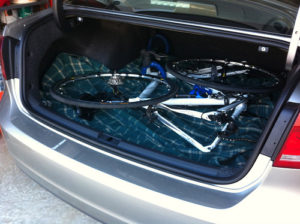 Some choose to remove the front wheel and transport their bike in the vehicle for piece of mind. Yes, this is the cheapest and perhaps the most secure method, but it does have its drawbacks. Not only can it be awkward to get your bike in and out, but it can damage your vehicle through catching material or bike grease and dirt. Also, it doesn’t leave much room for anything else if you are heading out with some friends or need other gear.
Some choose to remove the front wheel and transport their bike in the vehicle for piece of mind. Yes, this is the cheapest and perhaps the most secure method, but it does have its drawbacks. Not only can it be awkward to get your bike in and out, but it can damage your vehicle through catching material or bike grease and dirt. Also, it doesn’t leave much room for anything else if you are heading out with some friends or need other gear. car. This is especially important for carbon bikes. Likewise, you’ll want to keep your bike rack nice and clean to keep dirt from getting trapped between your bike and the rack. If you’re using a rear mounted bike you can also use a bike cover to keep your bike clean and protect it from incoming rocks and dust.
car. This is especially important for carbon bikes. Likewise, you’ll want to keep your bike rack nice and clean to keep dirt from getting trapped between your bike and the rack. If you’re using a rear mounted bike you can also use a bike cover to keep your bike clean and protect it from incoming rocks and dust.